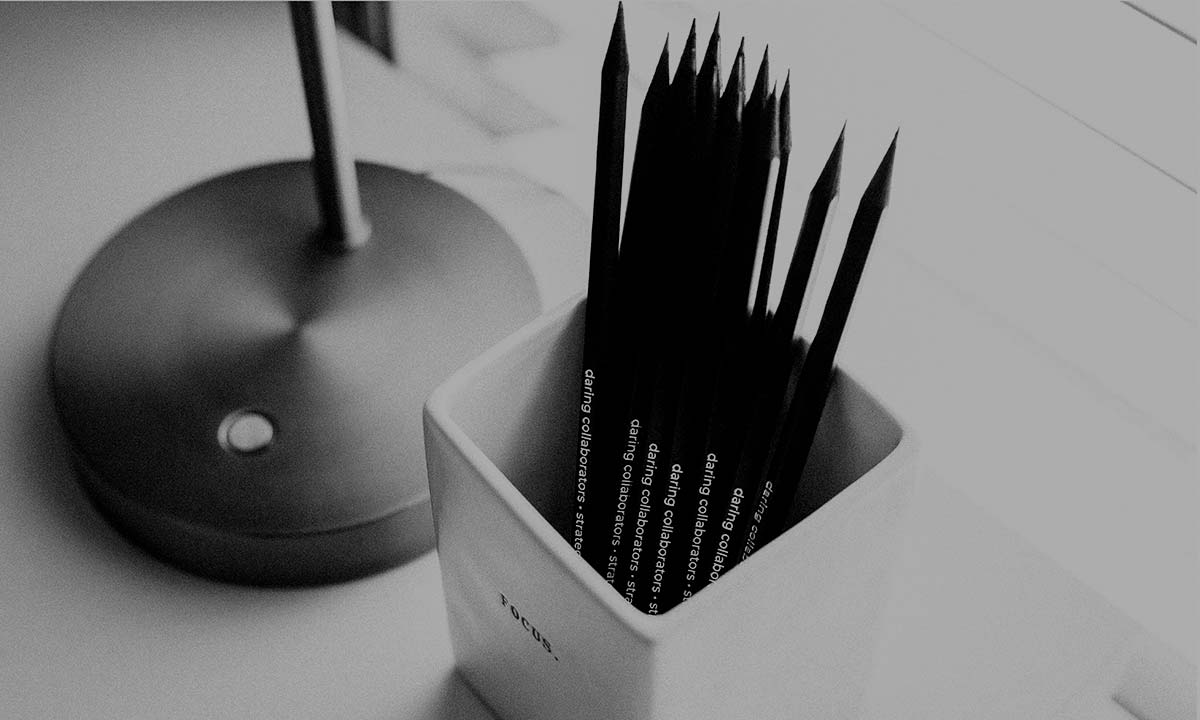Speaking Your Brand’s Language
It’s a rough time for brands seeking to maintain consistency. Never before have designers been charged to create logos and graphics as quickly, in such high quantities, and for as many wide-ranging and challenging formats. (Read: all digital marketing channels including social media, display ads, blog graphics, email, etc., in addition to all forms of traditional advertising.)
Consumers are ingesting more advertising, more information, more man-made visual content in more formats, and that means stiff competition for their affection and attention. The pace of the game has changed with the advent of digital marketing, but most brands haven’t caught up.
The pressure to follow trends, be an early adopter or stand out creates a burden to make decisions in the moment based on each scenario that comes along. It’s this kind of temporary problem solving, acting without a long-term perspective, that can hinder your success. When trends drive your aesthetic, your brand begins to fall apart.
The recent Miller Lite redesign is a good example of a company that understands its brand as a language rather than being static. They’ve used colors and visual structure, and taken it to the edge of simplicity. It’s so simple, yet it still works. Their products don’t have to say Miller anymore because of the visual equity the company has built over the years. People know exactly what it is by the colors and language. This takes planning and commitment to brand standards.
![]()
You don’t have to be a multimillion-dollar company to have this kind of consistency. To build a brand that endures, stop thinking of your logo or a particular graphic or ad in a vacuum; it doesn’t exist that way. Think about your brand as its own language. Just like languages, it should have a defined form, meaning and functional use.
Form
From the outset, the form should be clearly defined to maintain consistency. This will define the visual and tonal character that can hold up in any scenario. These parameters might include color schemes, logos, slogans, tone guidelines or photography styles. Effective brand form defines the individual elements, much like phonology, morphology and syntax define how spoken and written languages are used.
Meaning
Everyone on your team needs to agree on the brand’s meaning. What does your brand represent? Who is your audience and how does the brand relate to them? How do the pieces fit together to represent your message? You should know how far you can take your brand before it falls apart. Establishing meaning protects your team from constantly molding something new with every emerging trend.
Function
Many people create, edit and approve logos by looking at them in one static format devoid of all the possible iterations. Concentrating solely on how one version looks centered in the middle of a presentation slide doesn’t provide a suitable perspective of how your brand translates to favicons, app icons, social platforms, video bugs, business cards, etc. Carefully thinking through functionality from the start prepares your team to think about your brand as a language instead of just a logo.
Thinking of your brand as a language will protect your organization for the long haul. It’s worth the work upfront and will ensure your team has all the necessary building blocks before you begin executing.

